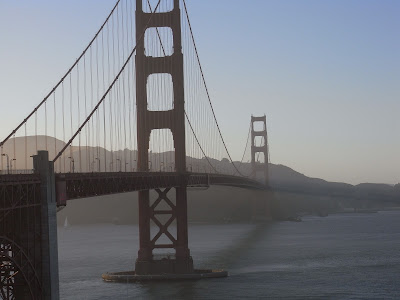Up in the mountainous former goldrush land of Nevada County, Northern California I had a chance to visit a different type of toll bridge – the Bridgeport covered bridge which in its heyday used to charge 1$ per horse and 50 cents per rider to cross above the fast-running Yuba river.
Built in 1862, it qualifies as a Historic Civil Engineering Landmark designated by the American Society of Civil Engineers. It uses a Howe Through-truss design and is one of the longest of the covered bridges still existing in the US.
Gold-panning is permitted in the Yuba river although given the powerful current on the day due to melting snows upstream I didn’t try my luck.
Certainly not the first Irishman to trudge through the Yuba River valley, now preserved as a National Park, I naturally enough found myself humming the old Irish tune Mursheen Durken
“As sure as me name is Kearney,
I’ll be off to California
an’ instead of diggin’ praties
I’ll be digging lumps of gold”
The classic 1968 Dubliners version can be found on Youtube and I had the pleasure of accompanying Dubliner Ronnie Drew on guitar as he sang this in cabaret back in the 80’s in Cork city when he was touring as a solo act.
One also needs to be on the look-out for wandering mountain lions and for poison oak around these parts apparently – didn’t see any of the former and carefully avoided the latter!













